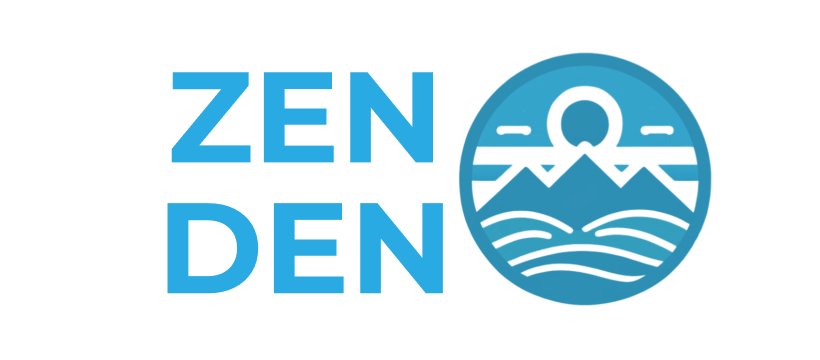Digital Detox Retreats: Reclaiming Presence in the Age of Technology
We live in an era of hyper connection. Notifications ping, emails stack, screens glow late into the night. While technology has brought us remarkable efficiency and access, it has also quietly eroded something essential: our capacity to be fully present. As attention fragments and overstimulation becomes the norm, more people are turning to digital detox retreats as a way to recalibrate, reconnect, and reclaim a sense of grounded presence.
Inspired by the insights from the Evolve Institute and The Good Light Living, this blog explores how creating tech-free zones, practicing mindful technology use, and immersing ourselves in nature can restore nervous system balance and deepen well-being.
The Cost of Constant Connectivity
Studies continue to reveal the impact of excessive screen time on mental, emotional, and physical health. Blue light disrupts circadian rhythms, constant notifications elevate cortisol, and social media loops can induce comparison fatigue and anxiety. For the nervous system, this 24/7 digital barrage creates a state of chronic micro-stress—not intense enough to cause immediate collapse, but insidious enough to keep the body in a state of low-level activation.
This state of disconnection-from-self is often subtle. We become accustomed to reaching for the phone in moments of stillness, avoiding silence with background noise, and multitasking through what could be sacred rituals. The result is depletion masked as productivity.
Why Digital Detox Matters
A digital detox isn't about demonizing technology. Rather, it's an intentional pause—a way to reset our relationship with our devices and reclaim sovereignty over our attention. It's an invitation to shift from reactive consumption to intentional interaction.
Retreating from technology even briefly can:
Lower cortisol and heart rate variability (HRV)
Improve sleep quality
Enhance creativity and focus
Strengthen real-world social bonds
Reawaken joy in simple, analog pleasures
The nervous system responds quickly to reduced stimulation. With fewer external demands, the body moves from sympathetic (fight-or-flight) dominance to parasympathetic (rest-and-digest) regulation. This shift is foundational for healing, clarity, and calm.
Creating Tech-Free Zones in Daily Life
Even if a full retreat isn't feasible, incorporating micro-detoxes into daily life can yield meaningful change. Consider establishing boundaries like:
No screens during meals: Make eating a sacred, sensory-rich ritual
Phone-free mornings or evenings: Bookend your day with intentional presence
Device-free bedrooms: Reclaim sleep and intimacy
Nature immersion time: Walks, hikes, or outdoor sitting without digital interruption
At home or in professional spaces, you can create dedicated tech-free zones. Use visual cues like baskets for phones, unplugged lamps, plants, or handwritten affirmations to support the shift in energy. MindWave sessions can also be a powerful alternative—offering deep relaxation and nervous system regulation without screen involvement.
Mindful Technology Use: A Middle Way
Digital wellness isn't all-or-nothing. It's about learning to use technology as a tool, not a tether. Begin by auditing your digital habits. Notice:
What apps elevate vs. drain you?
When do you use your phone for connection vs. distraction?
Where can automation or simplification reduce tech overwhelm?
Mindful tech use also involves building in recovery time. After intense Zoom calls or social media work, take a few minutes to breathe, stretch, or step outside. Honor the biological impact of digital engagement.
Tools like MindWave offer a bridge between tech and well-being. By using neuroscience-based inputs like light and sound to calm the system, it becomes possible to receive support without the cognitive and visual load typical of screens. This is the evolution of tech: not more, but better.
Retreat as Radical Reconnection
True digital detox retreats create space for something sacred: reconnection. Often held in natural settings, these retreats strip away the noise and distractions of modern life to reveal what matters most—inner stillness, authentic connection, and sensory presence.
Activities may include:
Forest bathing or guided nature meditations
Journaling and analog creative expression
Group dialogue and shared meals
Body-based practices like yoga or breathwork
Many retreats also offer passive healing sessions, like those with MindWave technology, where participants can experience deep rest without needing to "do" anything. This meets a critical need in our overachieving culture: a permission slip to simply be.
Conclusion: Detox to Reconnect
In a world that thrives on speed, choosing to slow down is a revolutionary act. Digital detox isn’t about escape—it’s about intentional reconnection. Reconnection with your breath. With nature. With your nervous system. With the people and moments right in front of you.
MindWave was created to support this journey—a companion on the path of regulation, presence, and embodiment. Whether you're curating a retreat or reclaiming your daily rhythms, remember: technology should serve your well-being, not steal it.

